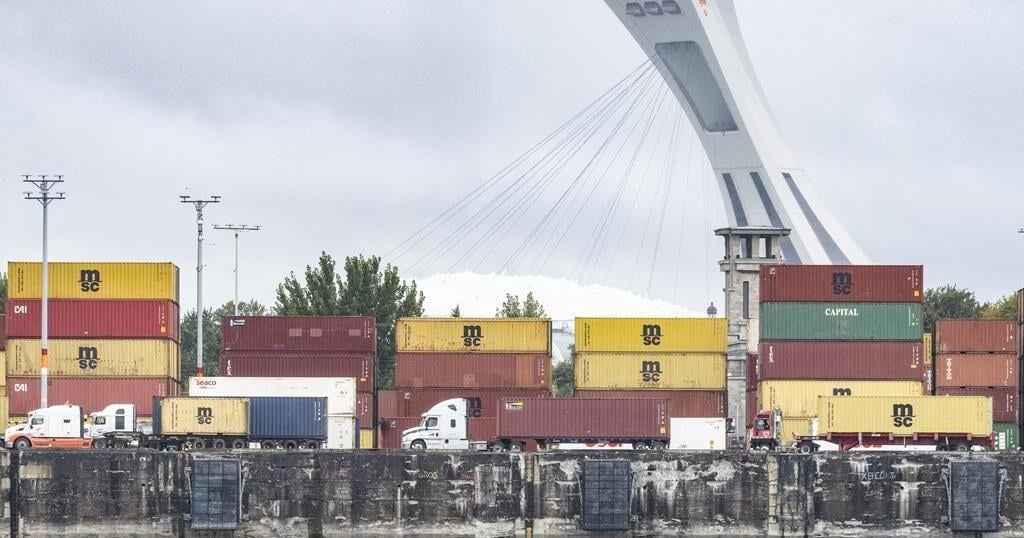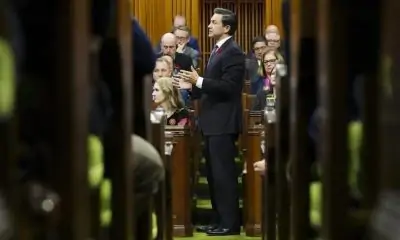The distribution of vaccines throughout the next year is expected to trigger an economic boom, allowing businesses that were closed to slow the spread of the virus
to reopen, while unleashing a wave of pent-up demand.
But economists are already warning that the rebound may not play out as dramatically as some expect.
“The recovery will be strong by historical standards, for many it won’t feel that way and there may be bumps and volatility ahead,” Ben May, director of global macro research at Oxford Economics, said in a research note published this week.
May expects global GDP growth next year to be the strongest since the late 1970s — a big enough upswing to return output to pre-crisis levels by the summer. But given that the surge would just restore the status quo, it’s “unlikely to feel like the best year in over four decades.”
Some industries will feel the effects more than others. Industrial production has been resilient and is likely to ramp up quickly, while the services sector — particularly long-haul travel — is poised to accelerate more slowly, May said.
Neil Shearing of Capital Economics believes global GDP can be back at pre-virus levels by the middle of next year. But in a recent note to clients, he observed that the world economy won’t return to its previous trajectory until 2024.
He also pointed out that countries won’t recover in unison given the uneven impact of the virus. Spain, India, France and the United Kingdom, for example, have been hit particularly hard and “remain depressed,” while China is bounding ahead.
“The virus has produced a wide variation in economic outcomes,” Shearing said. “These divergences won’t disappear in 2021, but they are likely to narrow as vaccines are rolled out and the hardest hit economies start to find their feet.”
Watch this space: Long-term scarring will depend in part on what happens in the coming months, as restrictions are reimposed during a tough winter. Hong Kong is
tightening social distancing measures to counter a fourth virus wave, while the United States is adding to its case numbers at its fastest rate ever after the Thanksgiving holiday.
“Despite the more encouraging near-term outlook, we nevertheless see significant downside risks if colder temperatures in coming months and the limited policy and consumer policy response so far mean that virus spread rises to much higher levels,” Goldman Sachs’ US economists said Sunday.
Uber is ditching its effort to build self-driving cars
Uber (UBER) is selling its self-driving car division to the autonomous vehicle startup Aurora, ending a five-year run of developing self-driving vehicles that was marred by litigation and a fatal crash.
Uber will take a 26% stake in Aurora — which is backed by Amazon and Sequoia Capital — and invest $400 million in the Silicon Valley-based startup, which makes software for autonomous vehicles, my CNN Business colleague Matt McFarland reports.
Aurora CEO Chris Urmson previously led Google’s self-driving car program. Uber and Aurora say they’ve also struck a strategic partnership to deploy self-driving cars powered by Aurora on the Uber app.
The sale brings a close to Uber’s ambitious efforts to develop a fleet of self-driving cars that could ferry passengers around cities. It held that developing self-driving cars was essential for its survival, given that autonomous vehicles could eventually make human-driven vehicles expensive and irrelevant.
“If Uber doesn’t go there, it’s not going to exist either way,” Uber founder Travis Kalanick said in a 2014 interview at the Code Conference.
Pandemic pressure: But the company, facing lower demand for ride sharing due to Covid-19, needs to cut costs in order to meet its pledge to achieve profitability in 2021.
The program has also faced numerous problems since its inception. Uber bulked up its team in 2016 when it bought self-driving truck startup Otto. Waymo, Google’s self-driving company, later sued Uber for alleged trade secret and intellectual property theft. The suit was settled in February 2018, with Waymo receiving about $245 million in Uber stock.
Uber suffered another blow when one of its test vehicles in Tempe, Arizona, struck and killed a pedestrian in 2018. The death was the first fatality caused by a fully self-driving vehicle, and a black eye for an industry that’s said safety is one of its primary motivations for developing the technology.
California water futures start trading as scarcity fears grow
Investors have long been able to make bets on the future price of commodities like oil, gold and even cocoa. Now, add a new good to the list: water.
Futures tied to the Nasdaq Veles California Water Index, which measures the volume-weighted average price of water,
began trading on the Chicago Mercantile Exchange on Monday, my CNN Business colleague Anneken Tappe reports.
Water has never been traded this way before. Before the futures launch, the buying and selling of water rights — which allow the holder to pump water from the ground or reservoirs — only happened in the spot market, which focuses on current prices. In dry years, when more water is required to grow crops and supply municipalities, it meant that buyers faced high costs and lots of uncertainty.
The new futures are meant to add transparency to a previously opaque market. They could also invite speculation from financial players, including hedge funds.
Big picture: The United States is the second biggest consumer of water in the world, with California accounting for 9% of the nation’s daily consumption. But scarcity is a growing concern, thanks to droughts caused by climate change and population growth.
According to the United Nations, two-thirds of the world’s population could be living under “water-stressed conditions” by 2025. This would cause prices to rise — while building demand for related financial instruments.
Chewy (CHWY) and
GameStop (GME) report results after US markets close.
Coming tomorrow: DoorDash is expected to begin trading on the New York Stock Exchange.






















